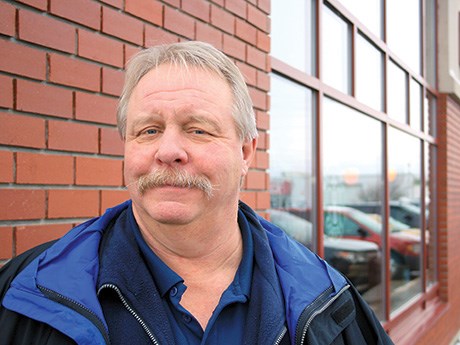This past December, the Junior Exploration Assistance Program (JEAP) closed applications for its fourth and final round of funding. According to Garry Clark, executive director of the Ontario Prospectors Association (OPA), JEAP represents one of the association’s largest lobbying successes. The $5 million program funded by the Northern Ontario Heritage Fund Corporation (NOHFC) is helping to fuel exploration in the province during the economic downturn.
“The junior companies are having a lot of problems right now (raising funds). What we were trying to do is to stimulate exploration in Ontario,” said Clark, who has been the organization’s executive director since 2000.
Under the program, junior exploration companies could apply for a refund of up to one-third of their exploration dollars capped at $100,000. “They’re spending enough money to get the 33 per cent back, so that’s success in the economic end because it is money spent in Northern Ontario,” Clark said.
Success is coming in other ways. Clark said that of the 42 projects funded in the first three rounds, some are already moving to the next stages of exploration. Buy-in to the program was big as well. Clark said that almost 30 more projects were submitted for the final round, which meant the program was oversubscribed.
“It’s worked really well. We’ve drawn in a lot of exploration dollars in the north.” Clark said that the OPA will be lobbying the government for additional funding based on the program’s success.
It’s another example of how the OPA is helping government and prospectors come together to move the industry forward. The association was launched in 1987 as the Ontario Mineral Exploration Federation, and changed its name in 1994 “to reflect the membership and its relationship to the regional prospecting groups.” The association’s primary goal was to get consensus among the regional groups and present a single voice while lobbying the government.
“We try to consolidate everybody’s opinions and present them as one idea to the Ministry of Northern Development and Mines,” Clark said. The OPA represents the Boreal Prospectors Association, the Northern Ontario Prospectors Association, the Northwestern Ontario Prospectors Association, the Porcupine Prospectors and Developers Association, the Sault and District Prospectors Association, the Southern Ontario Prospectors Association, and the Sudbury Prospectors and Developers Association.
Lobbying efforts cover everything from addressing changes to the Mining Act to accessing funds, such as the JEAP program. Clark also cited the province’s Living Legacy Land Use Strategy as an example of successful lobbying.
“We lobbied to protect the claims that were being affected by these parks. We were able to disentangle about 100 groups of claims... that would have been swallowed by the parks,” Clark said. The OPA is also lobbying the government to streamline the plans and permit process.
OPA membership fluctuates between about 675 and 900. The membership is a “greying” one, he said, but there are opportunities for new people to enter the profession, even on a part-time basis.
Clark said that generally the mood within the membership is more positive. Last spring, 550 attendees at the Ontario Prospectors Exploration Showcase in Thunder Bay were buoyed by good-news stories such as the startup of New Gold’s Rainy River Mine near Fort Frances and Harte Gold’s operation near White River.
The other big news in the industry is the move towards online claim staking. Clark said there are pros and cons for his members.
“You’ve got areas that prospectors can’t afford to go to. So, if a prospector has a good idea for something in a remote location, now they don’t have to physically go there to stake it. They can acquire it and maybe use the money that they would have flown in with to actually sample the property.”
On the other hand, some out-of-region prospectors and even amateur prospectors may take advantage of the point-and-click ease of staking a claim. Even so, those claims still have to be maintained and developed.



.jpg;w=120;h=80;mode=crop)